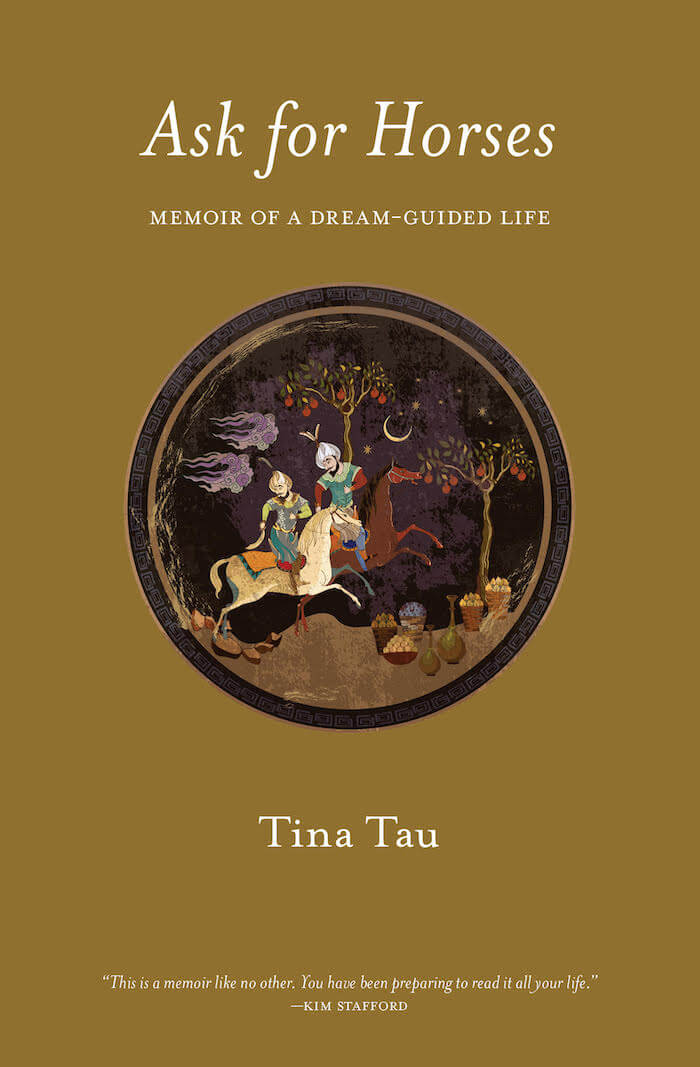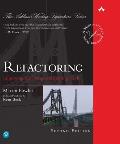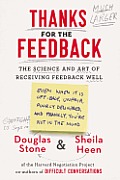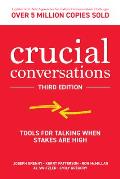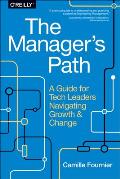Recommended to me by: Sam Livingston-Gray
Devon Price, PhD, is a social psychologist, professor, author, trans person, and proud Autistic person.
The book starts out stiff and academic and a little defensive, citing a lot of facts and figures about being autistic. Gradually it warms up as it describes different people’s experiences with unmasking. The last chapter is a joyful exploration of how we can move toward an inclusive and accessible world for all neurodiverse people, including queer and trans folks and people of color. The book itself is a demonstration of unmasking.
Autism is a developmental disability that runs in families and appears to be largely genetically determined. Autistic brains have more interconnections in some areas than allistic (non-autistic) brains, and fewer in others. Autistic people tend to focus on small details rather than the big picture. Rather than adapting to ongoing stimuli (like an annoying sound), autistic brains find it more and more annoying.
Devon Price discusses other diagnoses that overlap with autism, such as ADHD, PTSD, and being “highly sensitive.” Autism is a cognitive and sensory difference that affects every area of life. People can have sub-clinical autism, not severe enough to be diagnosed, but still benefiting from unmasking and accommodations. Self-diagnosis is an option when formal diagnosis is financially or logistically out of reach.
Formal diagnosis of autism is slanted toward the characteristics of well-to-do white boys, because that was the population under study when the diagnostic criteria were developed. Autistic girls learn more social and masking skills because of the ways girls are given less leeway to be disruptive than boys. Black and brown autistic people have even less leeway and are likely to be seen as criminal rather than disabled at a very young age.
The distinction between “high functioning” and “low functioning” autism is called out as an artifact of Hans Aspergers’ eugenicist and fascist beliefs.
Substance use can be self-medication for sensory overwhelm and despair, and an attempt to facilitate social interactions. When there is less need for masking, there is less need for substance overuse.
The book includes exercises to discover disowned behaviors and the masks that compensate for them. Once autism is fully acknowledged, it becomes possible to choose activities and accommodations that fit better.
Recommended to learn more about autism and the ways autistic people struggle to meet neurotypical expectations. Also recommended for the encouragement to listen to our own needs and build a life that works for us. Wouldn’t it be wonderful if societal resources were put toward making everyone successful by offering the support and accommodations each person needs.


